Two iPhone 6s features revealed this week, always-on "Hey Siri" voice monitoring and pre-buffered Live Photo camera functionality, raised concerns that Apple might be surreptitiously monitoring users, but the company allayed those fears in a statement on Friday.
In an email to TechCrunch, Apple said its new iPhone 6s features do not upload audio or visual data to offsite servers for processing, as some have proposed. The potential privacy issue came to the fore after industry watchers speculated Apple's cordless "Hey Siri" feature offloaded microphone data to the cloud for analysis.
"In no case is the device recording what the user says or sending that information to Apple before the feature is triggered," Apple said.
With certain tech companies commoditizing user data as ad-based revenue, oftentimes without clear notification, the public has become increasingly wary of automated services.
Apple's new feature lets users invoke the virtual assistant at any time by saying the phrase, "Hey Siri." The hands-free function has been available since iOS 8, but could only be used when a device was plugged into a power source. With iPhone 6s, the device is constantly monitoring audio input in the background, a process made possible by the highly efficient M9 motion coprocessor embedded in Apple's new A9 system-on-chip.
As explained by TechCrunch, iPhone 6s creates a digital signature of a user saying, "Hey Siri," recorded in a setup process when the feature is first activated. Incoming audio signals are continuously compared against a user's stored voice signature, a process that can be completed locally. Once a match is detected, Siri will activate and connect to a network for facilitating user queries and commands.
"The 'listening' audio, which will be continuously overwritten, will be used to improve Siri's response time in instances where the user activates Siri," Apple said.
As for Live Photos, another iPhone 6s exclusive that lets users automatically capture a video-like image burst from just before to just after a still shot is taken, Apple ensures user privacy by carefully managing how on-device data is stored. More specifically, the system constantly buffers 1.5 seconds' worth of footage when the Camera app is open.
"Although the camera is 'recording' while you're in Live Photo mode, the device will not save the 1.5 seconds before until you press the camera button," the company said. "The pre-captured images are not saved to the user's device nor are they sent off the device."
 AppleInsider Staff
AppleInsider Staff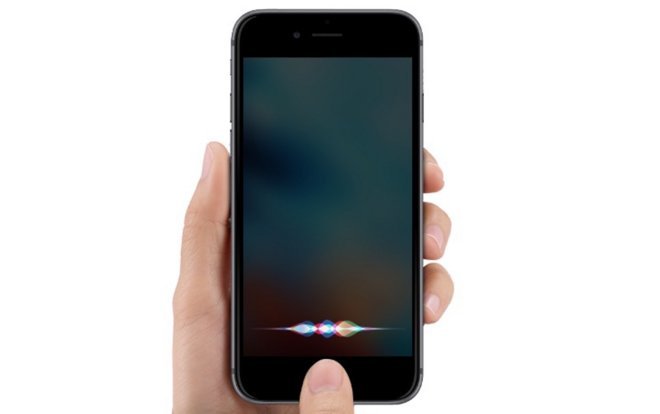
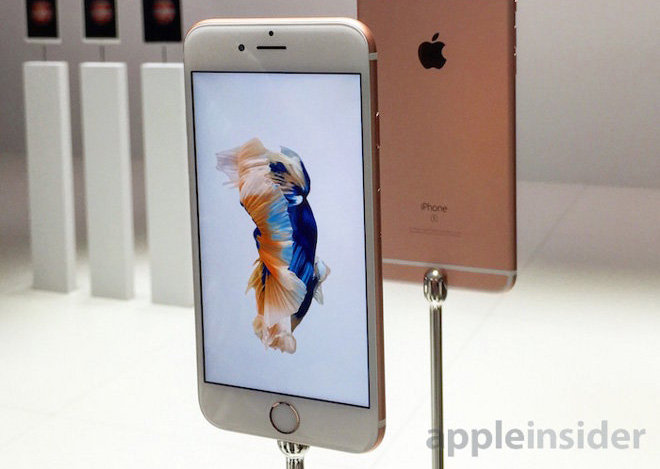







-m.jpg)






 Chip Loder
Chip Loder
 Wesley Hilliard
Wesley Hilliard
 Marko Zivkovic
Marko Zivkovic

 Christine McKee
Christine McKee
 Amber Neely
Amber Neely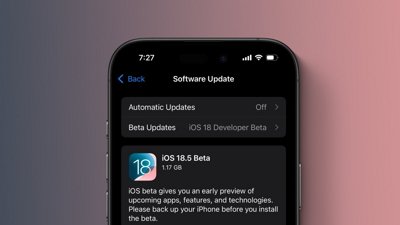

 Malcolm Owen
Malcolm Owen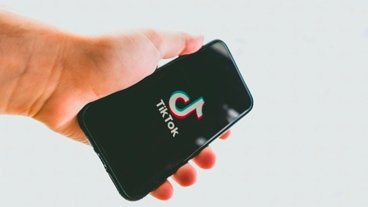
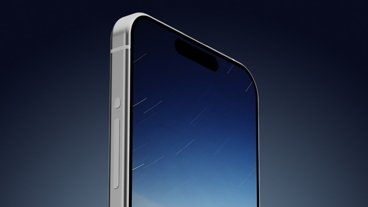






31 Comments
Just make sure you preview your shot before sharing it. If you're naked when you shoot, then drop the angle down after shooting, you might be sharing your junk.
It's interesting to learn how Apple is pulling off some of its tricks of voice and photos... For one thing I was wondering how the iPhone "knew" a person was about to take a picture.
It's interesting to learn how Apple is pulling off some of its tricks of voice and photos... For one thing I was wondering how the iPhone "knew" a person was about to take a picture.
Oh that's simple... while you're in the Camera app, the screen is constantly showing you a live image of what the camera sees... that's data that already has to be processed to turn it into pixels on the screen. The Live image is simply a rolling buffer in volatile memory. A similar concept is used on TV to allow them to have a 6 second delay on broadcast to insert a bleep if someone uttered a swearword.
It's funny how this only becomes a common concern when it's an Apple product, yet Apple is the one company that would benefit least from gathering such data without your concern. It's also funny that only when this becomes a feature does it register at all with those that follow tech, even though these built-in mics and cameras could have been listening and watching for years without you knowing. At least on "PCs" when the camera is active there is light to let you know (even though the light could be disabled) but with the mic you would never know.
That's what I was saying in the other thread! So, it's just a digital signature of YOUR voice saying "hey Siri" with the low-power M9 chip doing the signature match to wake up Siri and the A9 CPU. It's like Shazam song recognition.